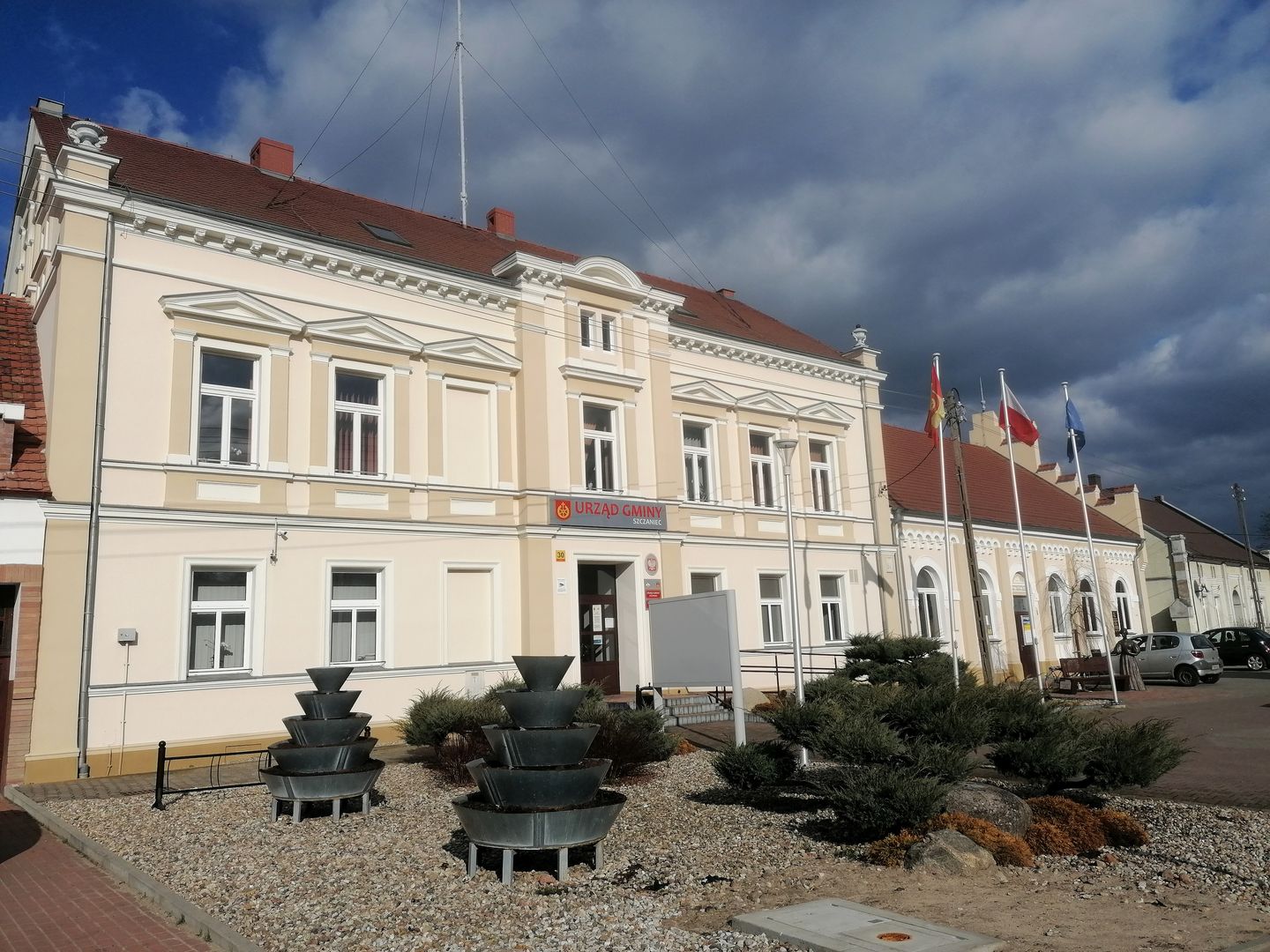Szczaniec
6.35

Overview
Szczaniec, a village in the Lubusz Voivodeship, serves as the municipal seat and is situated in the picturesque Lubusz Lake District. It is characterized by a Silesian-Greater Poland climate and rich fauna and flora, including the "Uroczysko Grodziszcze" nature reserve with protected plant species. The history of Szczaniec dates back to the 13th century when it was first mentioned in documents. The settlement played an important border role, and its first known owner was Bodzanta de Stens. In the 14th century, the von Stentzch family became another significant owner, and in 1436, a castle known as the "White Manor" was built, which unfortunately was destroyed during wars. After the Reformation in the 16th century, Szczaniec became a center of Lutheranism, and the present-day Church of St. Anne, erected in 1570, is one of the most important architectural structures in the village. The palace, built in the 19th century on the foundations of an earlier castle, is an example of neostylistic architecture, and the adjacent park serves as a venue for meetings and cultural events. Today, Szczaniec fulfills a cultural role as the host of various events, such as the Municipal Harvest Festival and the Days of the Szczaniec Land. The Cultural and Library Center and an active community contribute to a rich cultural offering, including the activities of the singing group "Osoria." Szczaniec is also home to educational institutions, such as a primary school and a kindergarten, as well as a Roman Catholic parish. An interesting aspect of Szczaniec is its ethnic and religious history, with Catholic and Lutheran influences that have evolved over the centuries. After World War II, the village underwent a demographic transformation when the existing population was displaced, and new settlers arrived. Szczaniec is not only a place with a rich history but also a point where tradition and modernity harmoniously coexist.
Location
2025 Wizytor | All Rights Reserved